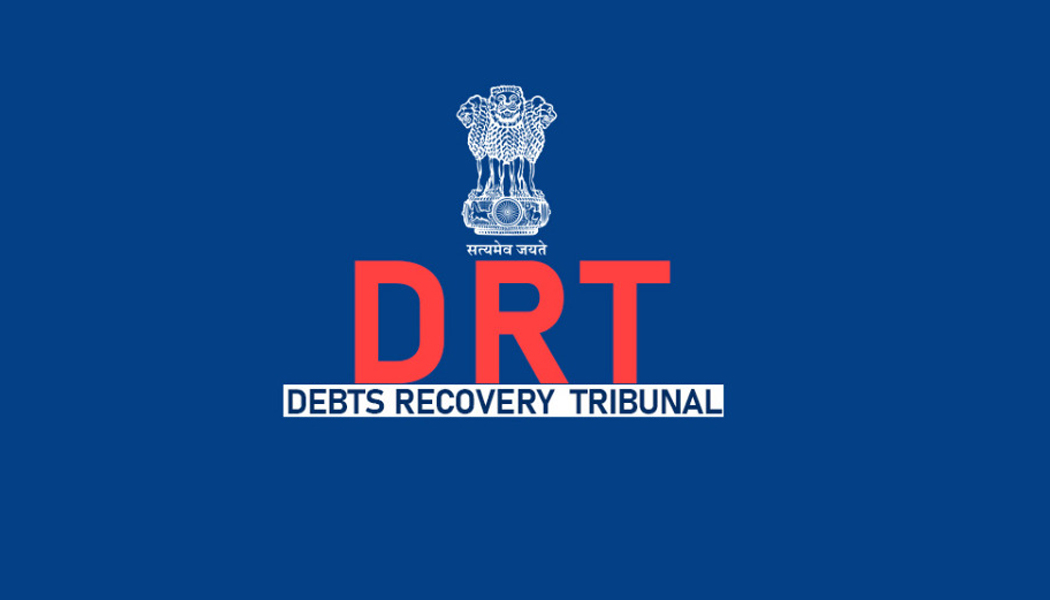
When bank issue demand notice under Section 13(2) of the SARFAESI Act?
When a Bank Issues Demand Notice under Section 13(2) of the SARFAESI Act?
Section 13(2) of the Securitization and Reconstruction of Financial Assets and Enforcement of Security Interest Act, 2002 (SARFAESI Act) empowers a secured creditor, typically a bank or financial institution, to issue a demand notice to a borrower who has defaulted on a secured loan. This notice serves as a crucial step in the process of recovering the outstanding debt and potentially taking possession of the secured assets.
Here are the key situations where a bank may issue a demand notice under Section 13(2):
- Default in Repayment: When a borrower fails to make payment of their loan installments for a specific period, typically 90 days for secured loans, it constitutes a default. Upon detection of such default, the bank can initiate the process of issuing a demand notice.
- Non-Performing Asset (NPA) Classification: If the loan account remains in default for a defined period, it might be categorized as an NPA by the bank. This triggers the obligation for the bank to take necessary recovery measures, which may include issuing a demand notice under Section 13(2).
- Breach of Loan Agreement: The demand notice can also be issued if the borrower violates any other terms and conditions of the loan agreement, such as misusing the loan funds or failing to provide necessary information.
Details of the Demand Notice:
- Formalities: The notice must be served in writing, either personally or through registered post, addressed to the borrower and any guarantors. Specific details regarding the format and content of the notice are outlined in the Security Interest (Enforcement) Rules, 2002.
- Information Included: The notice should clearly specify the following:
- The amount of outstanding dues, including principal, interest, and any other charges.
- The nature of the default.
- A demand to repay the entire outstanding amount within a stipulated timeframe, usually 60 days from the date of the notice.
- Consequences of non-compliance, such as potential possession of secured assets under Section 13(4) of the Act.
Important Points to Remember:
- Issuing a demand notice under Section 13(2) is not the last step in debt recovery. If the borrower fails to comply with the notice, the bank can proceed with further actions like taking possession of the secured assets or initiating legal proceedings through the Debts Recovery Tribunal (DRT).
- Borrowers who receive such a notice have the right to raise objections or seek clarification with the bank. Additionally, they can challenge the validity of the notice or the bank’s actions before the DRT.
- Seeking legal advice is recommended for borrowers facing a demand notice under Section 13(2), especially if they have concerns about the validity of the notice or intend to contest the bank’s actions.
By understanding the circumstances and details surrounding the issuance of a demand notice under Section 13(2) of the SARFAESI Act, borrowers can make informed decisions regarding their loan obligations and potentially negotiate solutions with the bank to avoid further consequences.
Please remember that this information is for general informational purposes only and is not a substitute for legal advice. If you have a specific question about your loan or a demand notice you have received, it is important to consult with a qualified legal professional.
Under Section 13(2) of the SARFAESI (Securitization and Reconstruction of Financial Assets and Enforcement of Security Interest) Act, 2002, a bank issues a demand notice to a borrower when there is a default in repayment of a secured loan. This provision empowers the secured creditor, typically a bank or financial institution, to take necessary steps for the enforcement of security interest in case of non-payment.
The demand notice serves as a crucial step in the recovery process and must contain specific details as prescribed by the Act. It should articulate the exact amount due, including the principal, interest, and any other charges, along with a period for the borrower to remedy the default. The notice also specifies the consequences of non-compliance, including the bank’s intention to take possession of the secured assets and sell them to recover the outstanding dues.
This statutory provision allows the borrower a final opportunity to settle the dues and avoid further legal actions. The notice is a formal communication, and its adherence to the statutory requirements is vital for the subsequent legal validity of any actions taken by the bank.
In summary, a demand notice under Section 13(2) of the SARFAESI Act is issued by a bank when a borrower defaults on repayment, outlining the outstanding dues, providing a chance for rectification, and forewarning of the impending enforcement of security measures if the default persists.
Adcocate J.S. Rohilla (Civil & Criminal Lawyer in Indore)
Contact: 88271 22304
